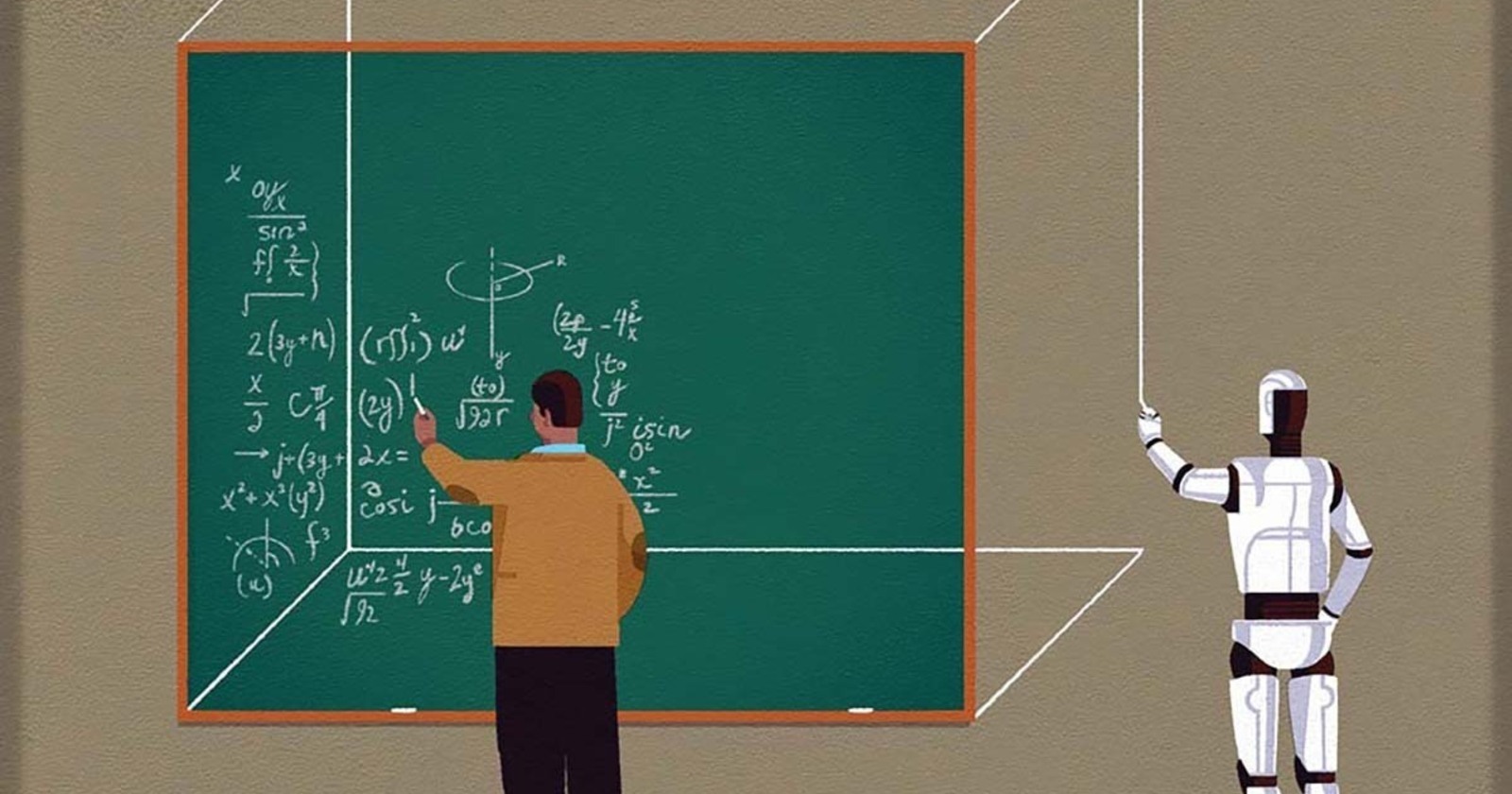Today Notre Dame undergraduates are examining that image and other AI-generated material with Professor John Behrens ’83 and weighing the potential promise and peril of the technology. The course is Generative AI in the Wild, a new, multidisciplinary offering in which students use ChatGPT, DALL-E and other AI software tools, share the results of their explorations, and study the economic, social, educational, legal and ethical implications of such technologies.
AI holds hope for remarkable advances in such areas as medical screenings and treatment, assisting the disabled and predicting future climate patterns. But observers also fear job losses to AI, the impact of fake videos on democracy, AI-driven drone warfare — and even that AI will exceed its creators’ control and destroy humanity.
The students know that AI is pretty good at handling routine clerical tasks. They find AI not reliable at producing specific facts or generating long strings of computer code. They are amused at its tendency to create clumsy images of human beings, such as a person with distorted facial features or seven fingers on one hand.
Notre Dame leaders are taking a measured approach, aiming to include AI as a tool for supplementing education rather than banning it, and training students and faculty on its potential uses and limitations. Under University guidelines, professors are free to experiment with AI and decide whether to allow students to use AI in their courses. They may permit its use for some assignments, all assignments or none.


